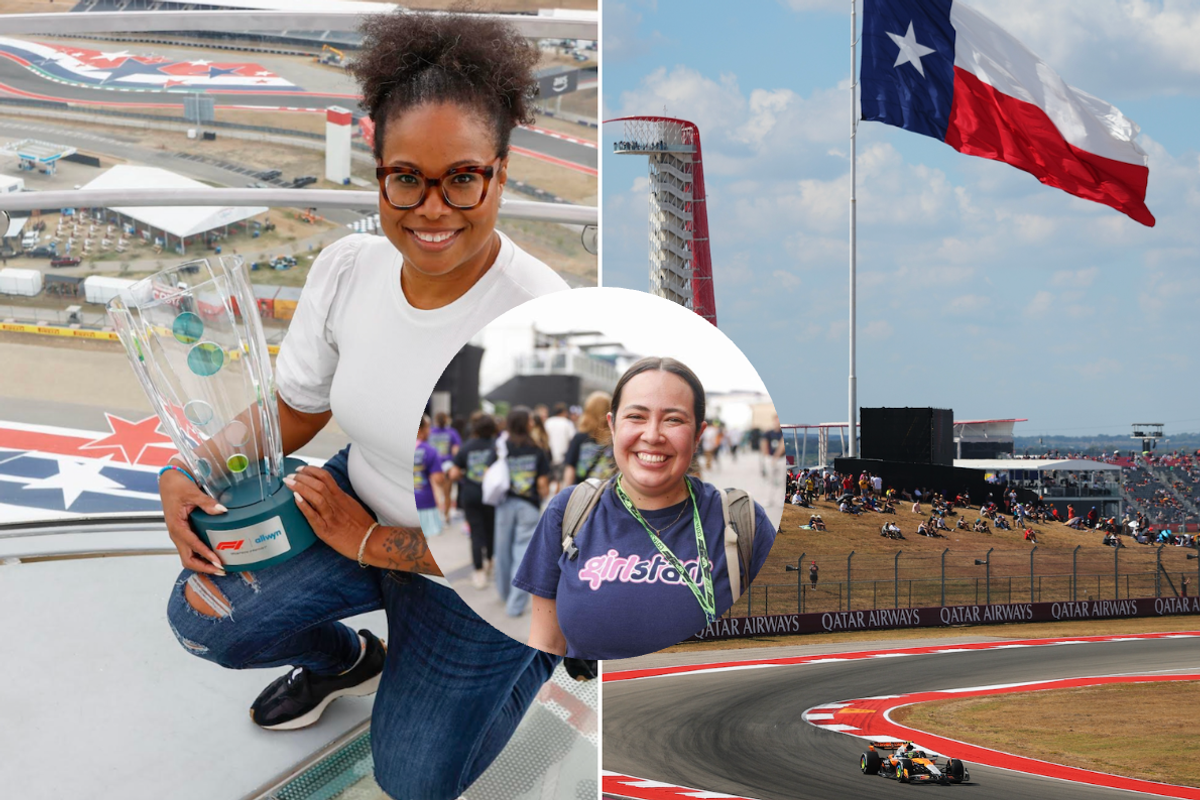Ellie Abraham
Jul 18, 2024

iStock
Young people are officially the unhappiest of all the age groups and it’s having an impact on fundamental life patterns.
Death and taxes are both inevitabilities of life, and each of those become ever more acute in our minds the older we get.
So, you might think that being young and responsibility-free would mean a relatively happy life, but new research has suggested that young adults today are the unhappiest age group of all.
A new paper by researchers at Dartmouth University has revealed that, rather than the traditional U-shaped curve of wellbeing in relation to age, youngsters now face an upward battle towards achieving greater happiness as they get older.
“There is a literature of at least 600 published papers suggesting that happiness is U-shaped in age and, conversely, that unhappiness is hump-shaped in age,” the lead author, Professor David Blanchflower, explained. “Across a variety of datasets and measures, the finding of a midlife low has been consistently replicated.”
“But not anymore,” he continued. “Now, young adults (on average) are the least happy people. Unhappiness now declines with age, and happiness now rises with age – and this change seems to have started around 2017. The prime-age are happier than the young.”
The findings came as a shock to researchers because the U-shaped pattern had been observed and replicated in human societies around the world, in developed and developing nations, English and non-English speaking. It is a trend that has also been observed in populations of great apes.
But now, the U-shaped curve has morphed into more of a straight line, with people experiencing highest levels of life satisfaction at the end and the lowest levels of life satisfaction at the start of adulthood.
“I have exactly the same pattern in 43 countries that I’ve looked at already,” Blanchflower said. “This is kind of scary […] we should have been doing something about this years ago.”
There are now record numbers of young people, particularly young women, seeking help from mental health services and researchers don’t know why. The Covid-19 pandemic, researchers stress, is not the cause, but “COVID simply extends trends that had started in 2011”.
Instead, they are looking for something that began in around 2014, and disproportionately affects young women.
“What you need here is something that starts around 2014 or so, is global and disproportionately impacts the young – especially young women,” Blanchflower explained to Scientific American. “Anybody that comes up with an explanation has got to have something that fits that.”
Sign up for our free indy100 weekly newsletter
How to join the indy100's free WhatsApp channel
Have your say in our news democracy. Click the upvote icon at the top of the page to help raise this article through the indy100 rankings
Top 100
The Conversation (0)













